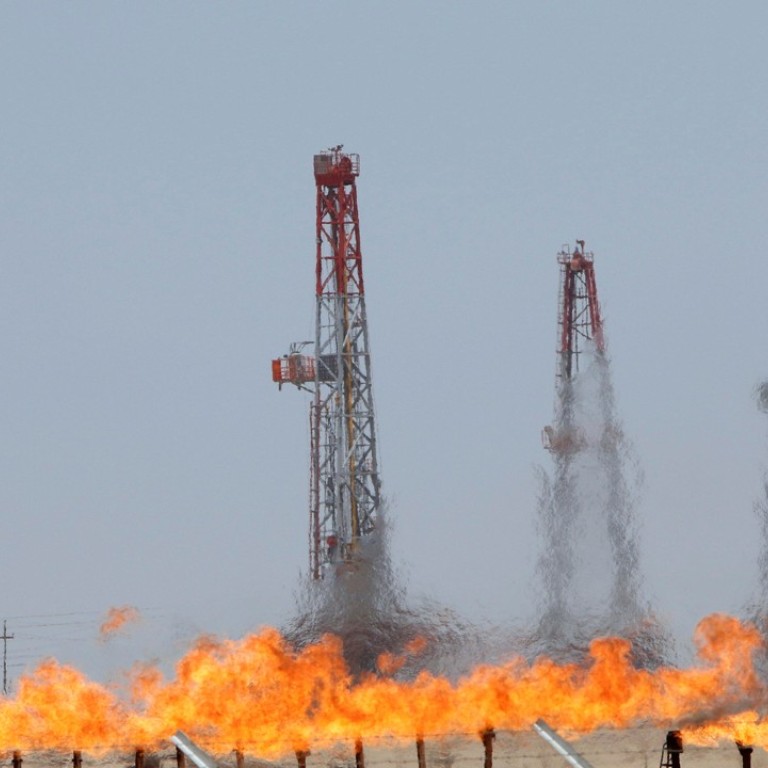
Oil extends rally as US stocks fall more than expected and OPEC nears deal on output cuts
Oil continued to climb a day after its biggest advance of the year as US stockpiles fell more than forecast and two OPEC members said there’s a consensus to extend their output cuts.
Futures were up as much as 1.9 per cent in New York after surging 3.2 per cent on Wednesday, when government data showed a 5.25-million barrel stockpile drop last week. Two members of the Organisation of Petroleum Exporting Countries said Thursday there is consensus on extending production curbs for six more months when the group meets May 25. Price gains eased after OPEC boosted forecasts for supplies from rivals this year by 64 per cent.
“We’ve probably put a floor in the market,” Mark Watkins, the Park City, Utah-based regional investment manager for the Private Client Group at US Bank, which oversees US$136 billion in assets, said by telephone. “Inventories did fall last week and investors are pricing in expectations of OPEC extending the cuts. Those looking for a bullish narrative have found it.”

West Texas Intermediate for June delivery climbed 60 cents, or 1.3 per cent, to US$47.93 a barrel on the New York Mercantile Exchange. Total volume was about 6 per cent above the 100-day average. Futures rose US$1.45 to US$47.33 on Wednesday, the biggest gain since December 1.
Brent for July settlement rose 59 cents, or 1.2 per cent, to US$50.81 on the London-based ICE Futures Europe exchange, after rising 3.1 per cent on Wednesday. The global benchmark oil traded at a US$2.53 premium to July WTI.
Oil is advancing after tumbling last week to the lowest since OPEC agreed to trim output in November. All OPEC members support an extension of the cuts for a second six-month period, as do non-members that joined last year’s accord to curtail excess global supply, Iraq’s Jabbar Al-Luaibi and Algeria’s Noureddine Boutarfa said Thursday in a joint news conference in Baghdad.
“The signals from OPEC as well as some non-OPEC members are pretty clear, that they will continue with their production cut,” Rainer Seele, chief executive officer of Vienna-based OMV AG, said in an interview. “It will stabilise the oil price, we will see the oil price in the low 50s.”
“Yesterday’s numbers were a sea change,” Bob Yawger, director of the futures division at Mizuho Securities USA Inc. in New York, said. “We’ve got two big events on the horizon that should be bullish. The OPEC meeting is on May 25 and then there’s Memorial Day on May 29, which is always a big event on the energy calendar.”
Still, concerns remain about rising US production, which the Energy Information Administration sees climbing to a record next year. Production from outside OPEC will rise by 950,000 barrels a day this year, OPEC said in a report Thursday, revising its forecast up by about 370,000. The projection is four times higher than in November, when the group announced a production cut to try and re-balance oversupplied world markets. Non-OPEC nations pump about 60 per cent of the world’s oil.
US crude stockpiles dropped to 522.5 million barrels last week, down from a record 535.5 million barrels at the end of March, according to EIA data. Meanwhile production increased for a 12th week to 9.3 million barrels a day, the highest level since August 2015.

